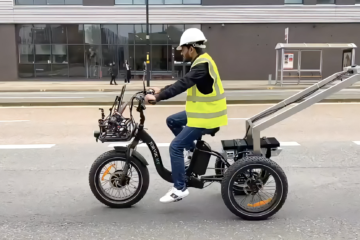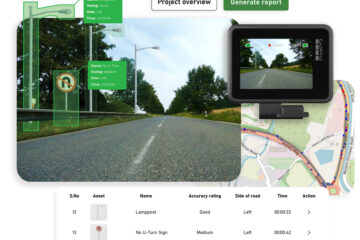We are excited to share that our company is the lead participant in a ground-breaking research project titled “Automated Whole Life Road Repair and Thin Surfacing” (Project Reference 10053184), funded by Innovate UK with a grant of £220,414.
Why this matters
Road repairs, especially potholes and thin asphalt overlays, remain a significant challenge in infrastructure maintenance. Although hot-placed asphalt remains the preferred choice for wearing courses, current repair equipment and methods are inherently unreliable, often leading to early failure.
The research reveals that inadequate pre-heating and heat transfer at the fill-host boundary (for example, achieving only ~50 °C rather than the required 85 °C cessation temperature) are major contributors to repair failure.
Project goals
- Develop and demonstrate novel pre-heating equipment powered by renewable energy, reducing reliance on hazardous and polluting LPG.
- Use numerical heat-transfer modelling and in-house developed 3D-printed multi-thermocouple sensors to measure boundary temperatures during compaction and repair.
- Apply the research to both pothole repair and thin asphalt overlays, aiming to extend the service life of repairs and reduce the carbon footprint in pavement maintenance.
Partners and scope
The project ran from April 2023 to October 2024. Key partner organisations include Aston University and Arconia Engineering Ltd.
What it means for us
This research aligns directly with our mission to advance cutting-edge, cost-effective pavement inspection and repair technologies. The findings around thermal fusion, pre-heating design, and low-carbon methods will inform our product roadmap and deployment strategies. Through this innovation, we aim to help infrastructure owners achieve longer-lasting repairs, lower lifecycle costs, and reduced environmental impact.
Next steps
- Integrate the pre-heating strategy and sensor monitoring into a field-ready pilot.
- Engage with road asset owners and maintenance contractors to validate the approach in real operational settings.
- Publish detailed findings and open up new opportunities in hot-placed asphalt intervention and thin overlay applications.


